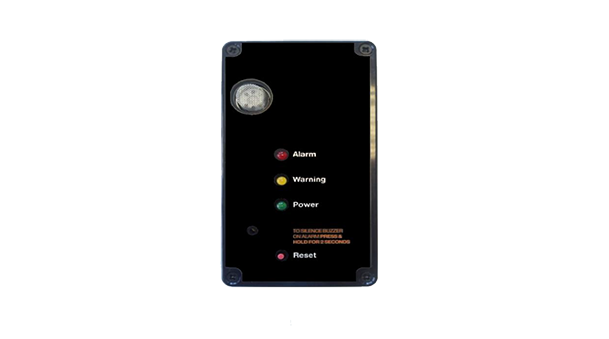
How northern fracking could raise the need for ozone detection
Government plans to explore shale gas or ‘fracking’ opportunities across the north of England could raise the need for ozone detection in a band from the Humber Estuary in the east, to Morecambe Bay in the west.
Potential ozone emissions due to fracking
A broad swathe of the north has been earmarked for potential fracking, which the government has said will help to support development of the Northern Powerhouse as a key geographic area for the economy in general. However, research from the USA highlights the potential risk of increased ozone layers, particularly in places where oil and gas exploration takes place close to busy roads.
Researchers from the University of Colorado at Boulder found that nitrogen oxide from vehicle emissions and volatile organic compounds from oil and gas activities combine to create ozone. In the Colorado Front Range, an area with a particular ozone problem, they found this process can contribute three or more parts per billion to local ozone on a daily basis. A total of 17 parts per billion derive from local sources overall, and on severe days the atmospheric ozone concentration spikes above 70 parts per billion, which can damage crops and harm human lungs.
Potential risks to local fracking area
Significantly increased fracking across the north of England could lead to an increase in VOCs along the M62 corridor, potentially combining with vehicle emissions to raise ozone levels as occurs in Colorado. Overall, the researchers found 17% of atmospheric ozone generated in the local area derives from oil and gas activities. Steven Brown, a scientist at the NOAA Earth System Research Laboratory and co-author on the paper, said: “Seventeen per cent is small, but potentially still significant.”
The findings highlight the need for ozone detection in the presence of VOCs, especially if there are sources of nitrogen oxide in the surrounding area too, to ensure air quality is not significantly impaired by the interaction between the gases. Browse our range of gas detection equipment to find the right product for you or get in touch with us.

